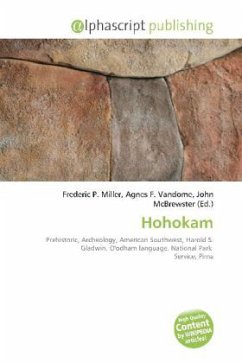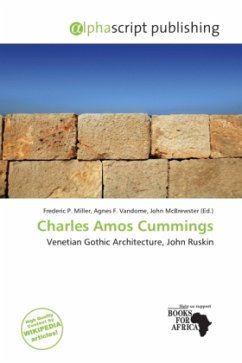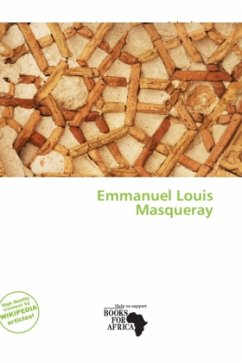Please note that the content of this book primarily consists of articles available from Wikipedia or other free sources online. Hohokam is one of the four major prehistoric archaeological traditions of what is now the American Southwest. Variant spellings in current, official usage include Hobokam, Huhugam and Huhukam. The culture was differentiated from others in the region in the 1930s by archaeologist Harold S. Gladwin, who applied the existing O''odham term, to classify the remains he was excavating in the Lower Gila Valley. According to the U.S. National Park Service Website, Hohokam is a Pima (O''odham) word used by archaeologists to identify a group of people that lived in the Sonoran Desert of North America.According to local oral tradition, the Hohokam may be the ancestors of the historic Akimel O''odham and Tohono O''odham peoples in Southern Arizona. Recent work among the Sobaipuri, ancient ancestors of the modern Pima, indicates that Pima groups were present in this region at the end of the Hohokam sequence.
Bitte wählen Sie Ihr Anliegen aus.
Rechnungen
Retourenschein anfordern
Bestellstatus
Storno








